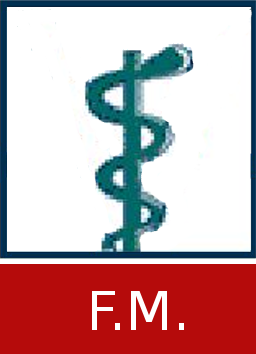Thesis, COLLÉGIALITÉ
Spahic, Enes 
Promoteur(s) :
Delacroix, Laurence  ;
Malgrange, Brigitte
;
Malgrange, Brigitte 
Date de soutenance : 1-jui-2024 • URL permanente : http://hdl.handle.net/2268.2/20550
Détails
| Titre : | Thesis, COLLÉGIALITÉ |
| Auteur : | Spahic, Enes 
|
| Date de soutenance : | 1-jui-2024 |
| Promoteur(s) : | Delacroix, Laurence 
Malgrange, Brigitte 
|
| Membre(s) du jury : | Peulen, Olivier 
DEROYER, Céline 
Pinson, Anneline 
|
| Langue : | Anglais |
| Discipline(s) : | Sciences de la santé humaine > Neurologie |
| Institution(s) : | Université de Liège, Liège, Belgique |
| Diplôme : | Master en sciences biomédicales, à finalité approfondie |
| Faculté : | Mémoires de la Faculté de Médecine |
Résumé
[en] Mutations in extracellular matrix (ECM) related genes have been increasingly associated with
hearing impairments in humans. By providing viscoelastic properties to the resonant structures
of the inner ear, mechanical and trophic support to the cells and participating in cell signalling in
response to environmental changes, the ECM is crucial for hearing function. In this work, we
investigated some of its critical regulators namely, Cemip hyaluronidase, and the matrix
metalloproteinases, MMP2 and MMP9.
By using a mouse model invalidated for Cemip, we studied the hearing function at different ages
to analyse whether hyaluronic acid (HA) accumulation could impair audition. Results from
auditory brainstem recordings (ABR) reveal no obvious hearing decline in Cemip-deficient mice,
up to 16 weeks of age. Future functional studies, up to 1 year of age, will allow us to know if age
related hearing loss may be accelerated or exacerbated in the absence of Cemip. However, we
can conclude that Cemip, which is defined as a deafness-causing gene in humans, is not
essential for hearing in young adult mice.
As noise overexposure has been reported to trigger ECM breakdown and remodelling, we
characterized MMP2 and MMP9 gelatinases expression and localisation changes in a noise
induced hearing loss mouse model. At the level of the whole cochlea, MMP2 transcript level
tended to increase from 2 hours to 3 days following noise exposure, while MMP9 transcript tended
to decrease progressively from 1 day to 7 days after trauma. Immunostainings revealed that MMP2
protein was upregulated throughout the cochlear tissue as soon as 2 hours following noise,
particularly in the surrounding bony capsule but also at the level of the spiral ligament and
auditory nerve fibres. In contrast, noise only induced a local accumulation of MMP9 in the spiral
ligament. Altogether, our results suggest that MMP2 and MMP9 might be involved in local ECM
remodelling after noise exposure, however, further studies are required to verify whether their
presence translates into gelatinase activity.
Citer ce mémoire
L'Université de Liège ne garantit pas la qualité scientifique de ces travaux d'étudiants ni l'exactitude de l'ensemble des informations qu'ils contiennent.


 Master Thesis Online
Master Thesis Online



 s196220SPAHIC2024.pdf
s196220SPAHIC2024.pdf

